There are almost countless things to see in the county of Kent from Chartwell House in the north, Leeds Castle, Canterbury Cathedral and all manner of Roman sites. Of course what is perhaps more famous than them all are the impressive White Cliffs of Dover which on a sunny day are like nowhere else on Earth. On a foggy day (for these cliffs are hundreds of feet high) it is quite possible to walk right off the cliff edge to your demise below. In fact Britains number one suicide spot is unsurprisingly nearby.
If you’ve never heard of Samphire Hoe on your visits to Dover Castle or your trip over to France then that’s quite forgivable as there is a very good chance that it wasn’t even there when you passed by. For Samphire Hoe is the newest rural land in Britain and it was deliberately created using the dug out spoil from the construction of the Channel Tunnel.
On the 26th January 1843, 185 barrels of gunpowder were used to blow a large section of the cliff, to provide a platform that the Dover to Folkestone railway line could be constructed on. The sea no longer directly eroded the cliffs.
In 1881 Colonel Beaumont started digging from Shakespeare cliff using his compressed air boring machine, 2024 yards later the enterprise came to a halt, some say due to a lack of money, others from concern by the Department of War that the French would invade through the tunnel.
In the early 1970’s another attempt was made to reach France. A tunnel was cut through the cliff to reach the old colliery site and the boring machine put in place. By 1975 the Government had withdrawn support for the scheme. There was just money for an experimental drive which was successfully dug out 300m (about 900 feet).
As for what we have today, work started in 1988 when giant sea walls created a manmade lagoon which over the years was filled with the soil and chalk from underneath the English Channel. This both created a useful spot to pile the debris but also allowed for a large and secluded spot for the vast amount of construction work to be based.
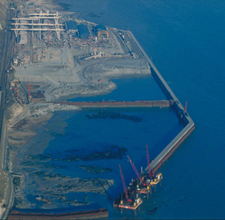
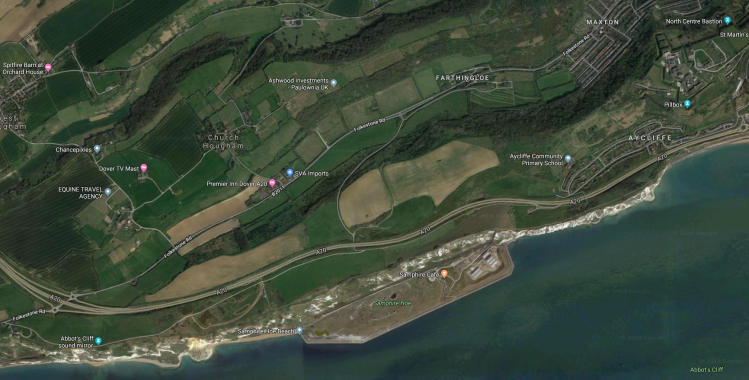
Samphire Hoe is a great place for wildlife. It is home to more than 200 species of plants (including the rare early spider orchid with over 5,000 plants recorded in 2017), 123 species of birds and 30 of butterflies have been recorded.
Half of the Hoe was sown with wildflower seeds. This consisted of five mixes totalling 31 species, designed to suit the different conditions on the site. The rest of the site was planted with annual rye grass. This has since died out allowing plants from the surrounding areas to colonise. This newly developed vegetation has attracted a wide variety of wildlife.
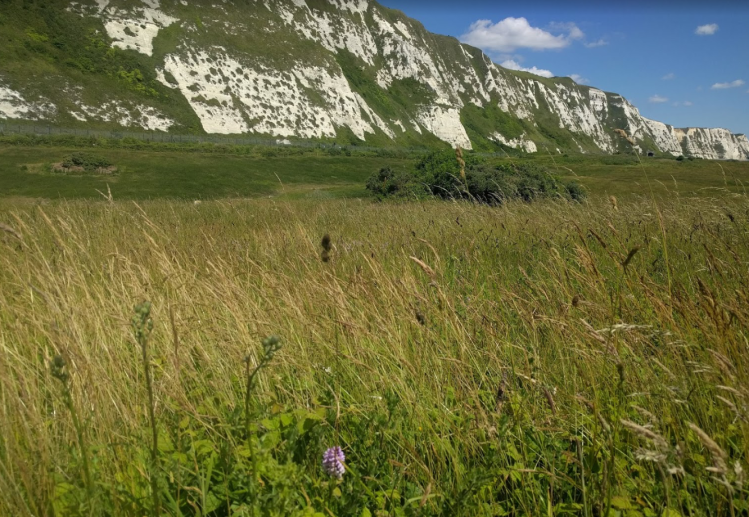
As it is new land then every year it offers scientists an almost unique opportunity to study the spread of species as the landscape matures.
Samphire Hoe also makes for a great spot for walking or fishing and of course getting to look up at the White Cliffs of Dover and around 110,000 people a year visited in 2018. At 30 Hectares, Samphire Hoe has a walking path which makes a full circuit of 2 kilometres (1.2 mi) and when it was opened in 1994 by Queen Elizabeth II and President Mitterand of France.
You actually reach Samphire Hoe by going down a tunnel through the cliffs but above the Folkestone to Dover train line.
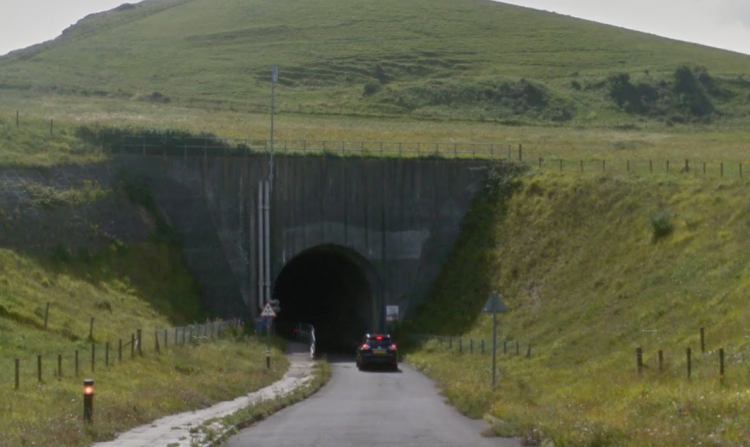
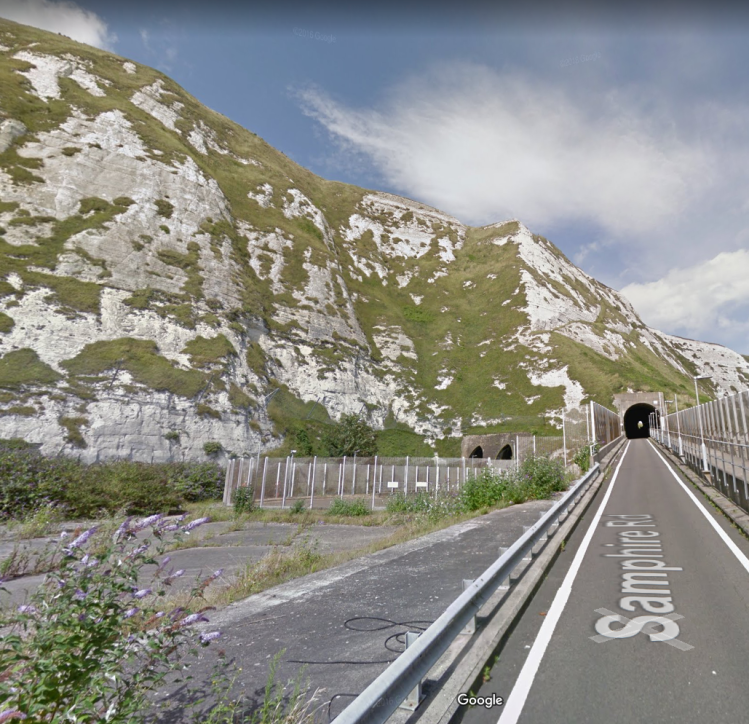
As for the name, it is the result of a competition in the 1990’s. Gillian Janaway from Dover came up with the name. Having been an English teacher, she was familiar with Shakespeare’s King Lear.
“There is a cliff whose high and bending head looks fearfully in the confined deep… The crows and choughs that wing the midway air scarce so gross as beetles; halfway down hangs one that gathers samphire, dreadful trade!”.
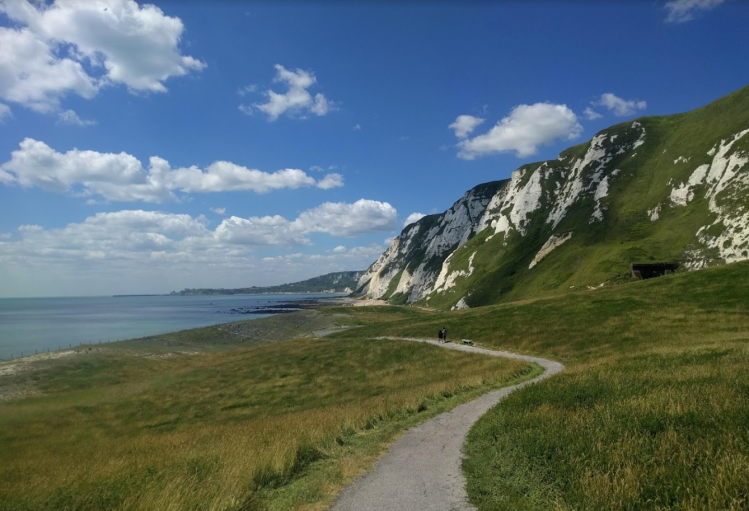
At the time that William Shakespeare was writing King Lear he was said to have travelled regularly through Dover. It was his familiarity with the cliffs that may well have inspired his descriptions. To this day the first cliff on the West side of Dover is known as Shakespeare cliff.
Rock samphire was once collected from the cliffs. Its fleshy green leaves were picked in May and pickled in barrels of brine and sent to London, where it was served as a dish to accompany meat.
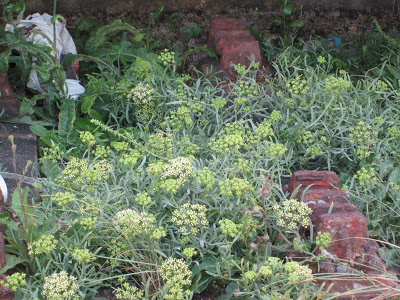
Interesting nugget as always
LikeLiked by 1 person
Thank-you! I aim to please 🙂
LikeLike
Another fascinating blog post. Thank you
LikeLike
Glad you like it. People are so clever aren’t they!
LikeLike
fascinating read
LikeLiked by 1 person
Thankyou!
LikeLiked by 1 person